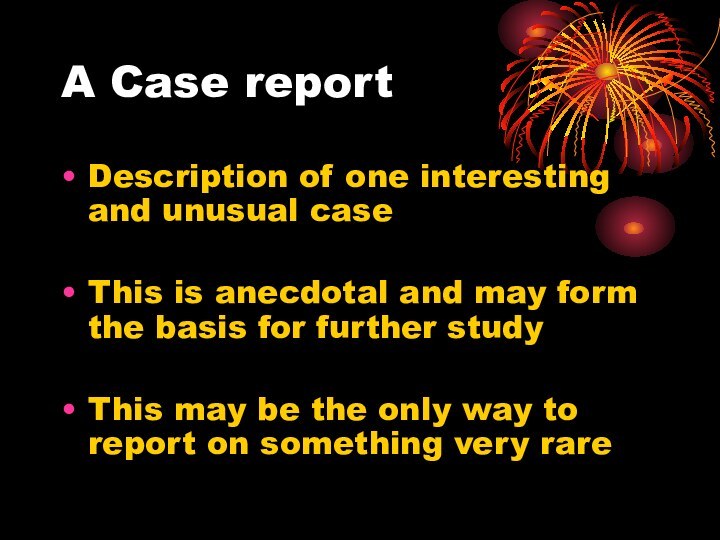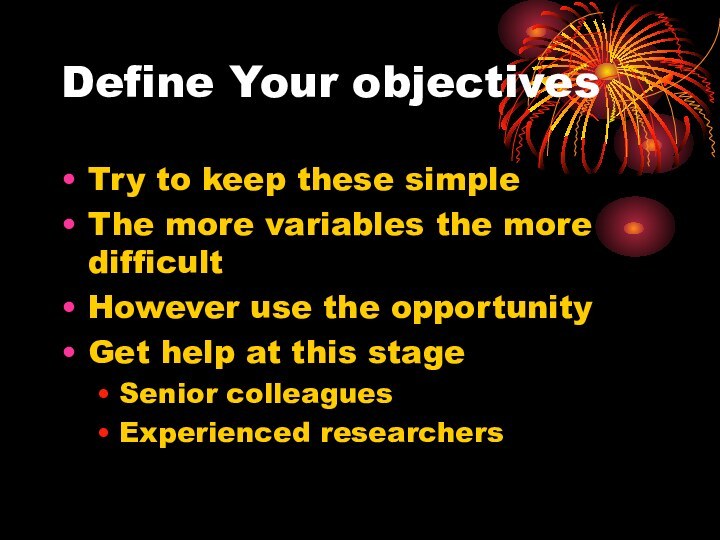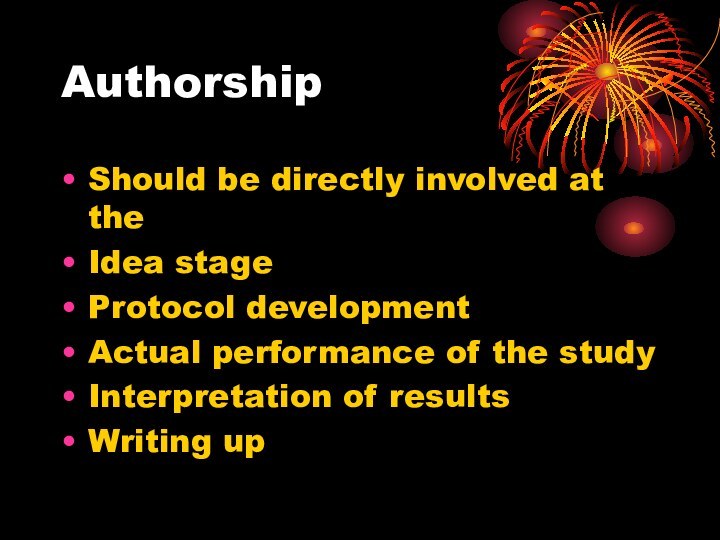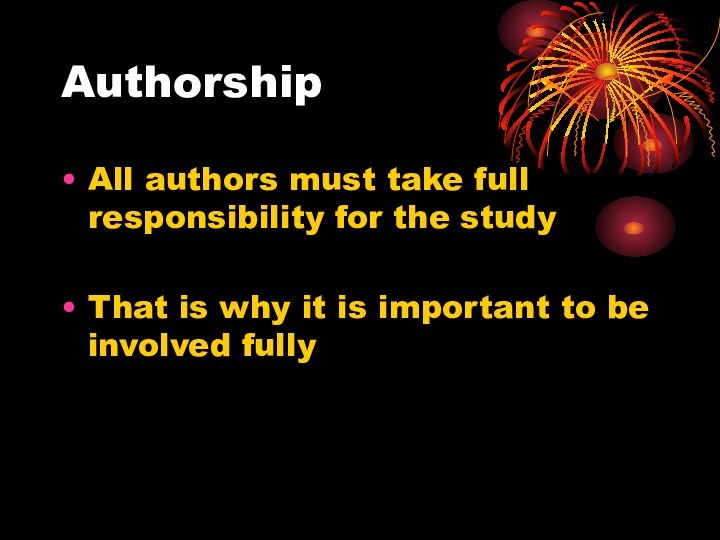- Главная
- Разное
- Бизнес и предпринимательство
- Образование
- Развлечения
- Государство
- Спорт
- Графика
- Культурология
- Еда и кулинария
- Лингвистика
- Религиоведение
- Черчение
- Физкультура
- ИЗО
- Психология
- Социология
- Английский язык
- Астрономия
- Алгебра
- Биология
- География
- Геометрия
- Детские презентации
- Информатика
- История
- Литература
- Маркетинг
- Математика
- Медицина
- Менеджмент
- Музыка
- МХК
- Немецкий язык
- ОБЖ
- Обществознание
- Окружающий мир
- Педагогика
- Русский язык
- Технология
- Физика
- Философия
- Химия
- Шаблоны, картинки для презентаций
- Экология
- Экономика
- Юриспруденция
Что такое findslide.org?
FindSlide.org - это сайт презентаций, докладов, шаблонов в формате PowerPoint.
Обратная связь
Email: Нажмите что бы посмотреть
Презентация на тему Introduction to research Methodology. Why do research
Содержание
- 2. Why do research?Validate intuitionImprove methods Demands of the JobFor publication
- 3. Choose a subjectBased on an ideaBased on your experienceBased on your readingOriginality
- 4. Choose a study designCase reportCase seriesCase controlled studyCross sectionalCohortRetrospective comparisonProspective Comparison
- 5. A Case reportDescription of one interesting and
- 6. Case seriesDescription of several cases in which
- 7. Cross sectional studyA survey of the frequency
- 8. Cohort studyAn observational study of a group
- 9. Case control studyAn observational study where characteristics
- 10. Controlled TrialsAn experimental study in which an
- 12. Adequacy of designBest study is a randomised
- 13. Adequacy of studyStudy sample must be representative
- 14. Define Your objectivesTry to keep these simpleThe
- 15. Literature searchCheck to see if your idea
- 16. The protocolWrite out introduction and methodology in
- 17. Basics of the protocolThis where you start
- 18. The studyAssignment of rolesProjected time to completionGet all equipment before startGet ethical approvalGet funding
- 19. The studyResponsibilityData collectionAccurate testing and measurements Stick to the protocolSample size
- 20. Writing the paperTwo reasons your papers are
- 21. Writing upYour paper is reviewed by experts
- 22. AuthorshipShould be directly involved at the Idea
- 23. Term delivery after intrauterine relocation of an
- 24. Скачать презентацию
- 25. Похожие презентации
Why do research?Validate intuitionImprove methods Demands of the JobFor publication
























Слайд 4
Choose a study design
Case report
Case series
Case controlled study
Cross
sectional
Cohort
Retrospective comparison
Prospective Comparison
Слайд 5
A Case report
Description of one interesting and unusual
case
This is anecdotal and may form the basis for
further studyThis may be the only way to report on something very rare
Слайд 6
Case series
Description of several cases in which no
attempt is made to answer specific hypotheses or compare
results with another group of cases.
Слайд 7
Cross sectional study
A survey of the frequency of
disease, risk factors or other characteristics in a defined
population at one particular point in time.
Слайд 8
Cohort study
An observational study of a group of
people with a specific characteristic or disease who are
followed over a period of time to detect changeComparison with control group is allowed
Слайд 9
Case control study
An observational study where characteristics of
people with a disease (cases) are compared with selected
people without the disease (controls)
Слайд 10
Controlled Trials
An experimental study in which an intervention
is applied to one group and the outcome compared
with that in a similar group (controls) not receiving the intervention
Слайд 12
Adequacy of design
Best study is a randomised controlled
double blind
Not possible in all cases
May be unethical to
treat or withhold treatment
Слайд 13
Adequacy of study
Study sample
must be representative
large
enough size to ensure sufficient power
Quality control
Accurate measurements
Compliance of
cases and controls
Слайд 14
Define Your objectives
Try to keep these simple
The more
variables the more difficult
However use the opportunity
Get help
at this stageSenior colleagues
Experienced researchers
Слайд 15
Literature search
Check to see if your idea is
original
Look for a new slant to present
Try to get
the full articleRead all the references
Most of these will be vital when writing up
Слайд 16
The protocol
Write out introduction and methodology in detail
Give
it to people to read to check for major
flawsGet help at this stage
Слайд 17
Basics of the protocol
This where you start writing
the paper
Write intro, methods in detail
Ethical considerations
Analytical methods in
detailBudget





























